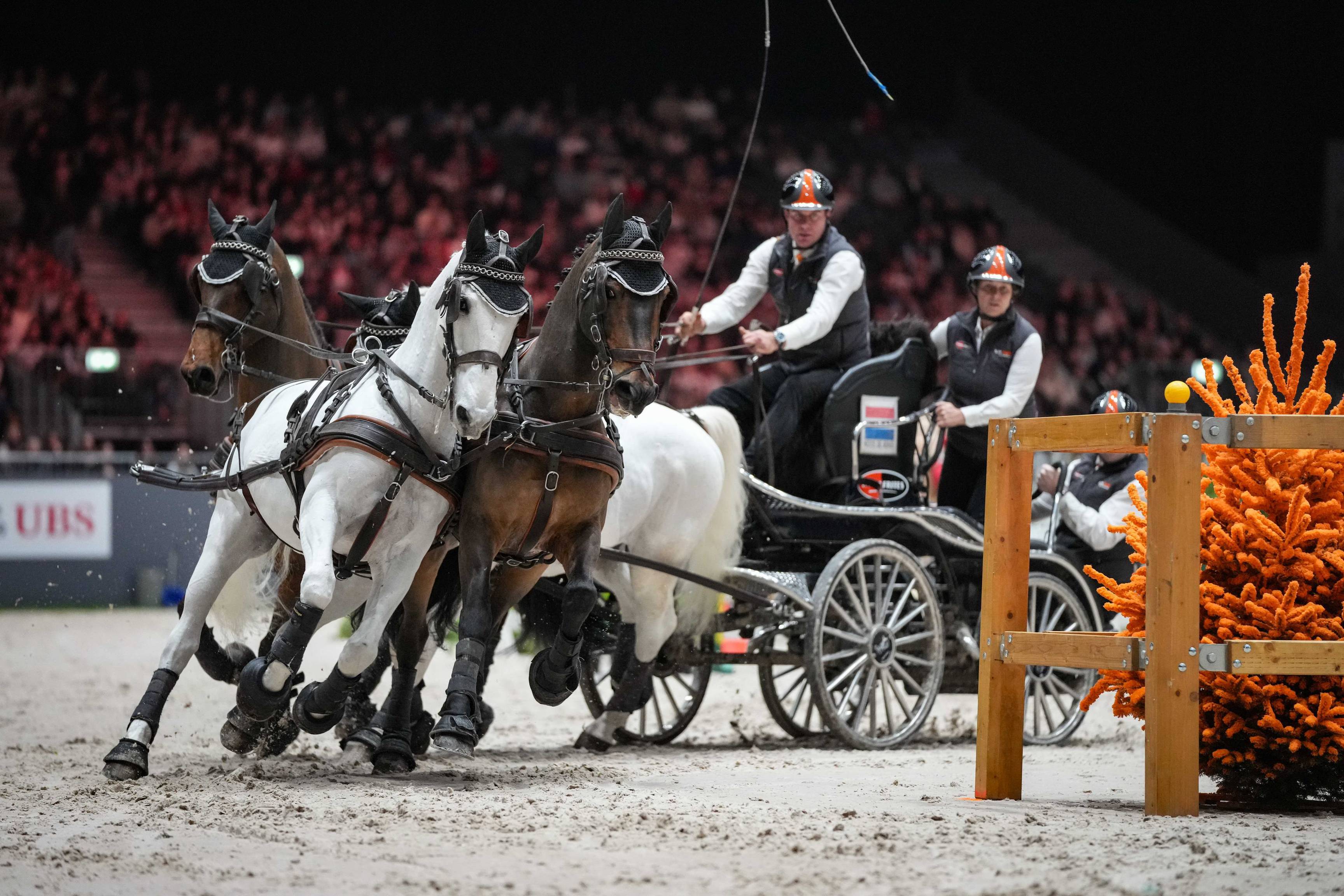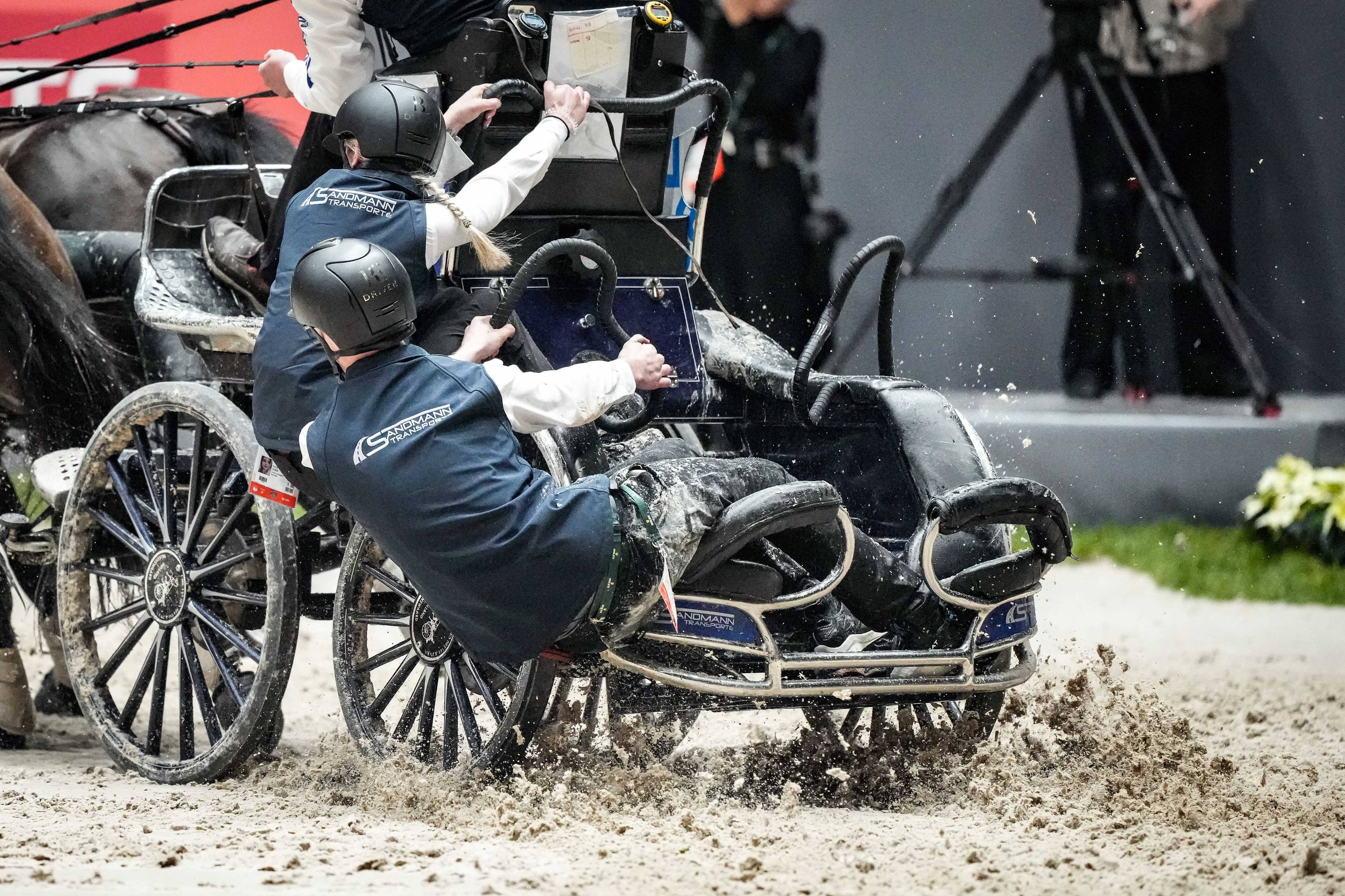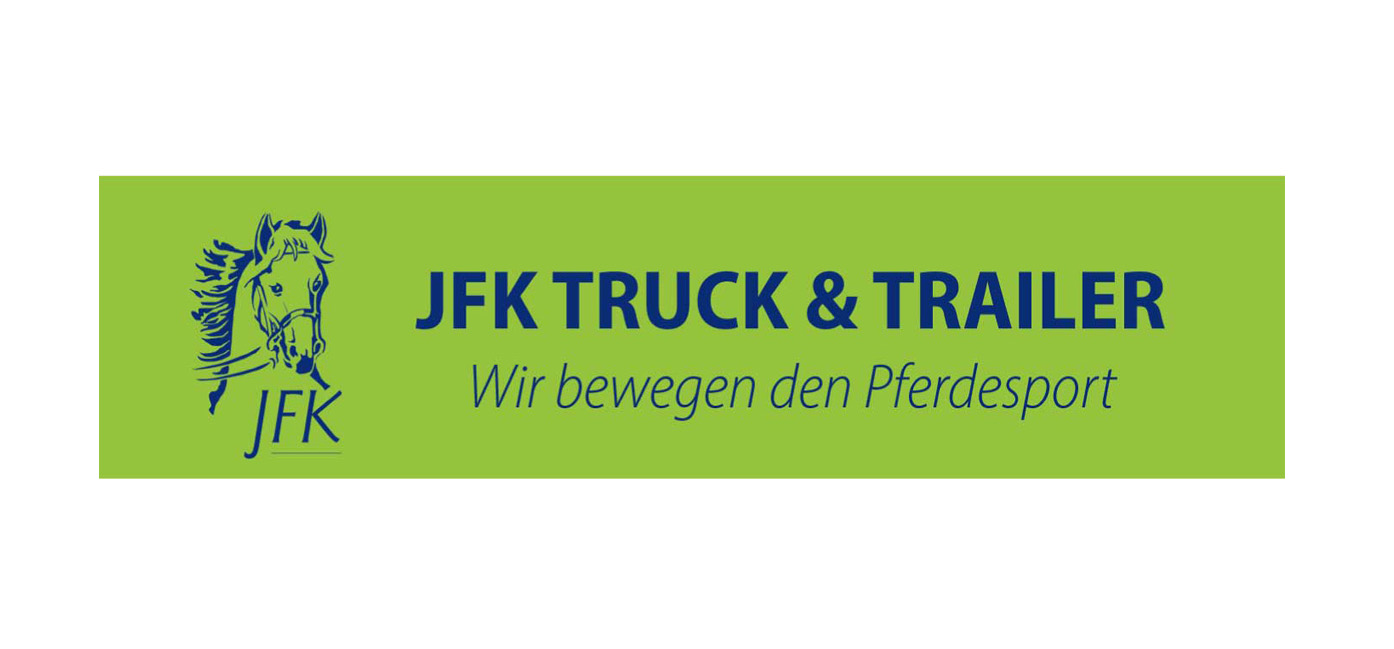Driving
Like cross-country driving, carriage driving is generally practiced outdoors. In competition, there are three types of carriage: one-horse, two-horse and four-horse. The carriage is driven by a “driver”, assisted by his or her “grooms”. There are also three types of event: dressage, marathon and handling. In indoor events, marathon obstacles are mixed with maneuverability gates.
The first four-horse driving indoor World Cup was held in 2001, and the CHI Geneva became the only venue in Switzerland in 2002. The limited space available on indoor tracks meant that the rules had to be adapted. As a result, dressage is not part of the competition, and the marathon and handling events have been combined into a single event. The principle is that, in a limited time, the drivers must overcome marathon obstacles, but also pass between handling cones.
Dressage
Competitors perform a recovery and are judged on style, quality of gait and control and presentation of the carriage.
The marathon
The driver must complete a course over a distance of varying length, overcoming various natural or man-made obstacles. The driver has to manage his horses' endurance and maneuverability. The event is timed for each obstacle (usually 8 in all), and the aim of each driver is to be the fastest.
Handling
This is a course made up of gates (between 16 and 20), marked out by cones with balls placed on top. The driver must complete the sequence of gates without dropping the balls, and cross the finish line within the allotted time. Penalties are imposed for each ball dropped and each second passed.








































